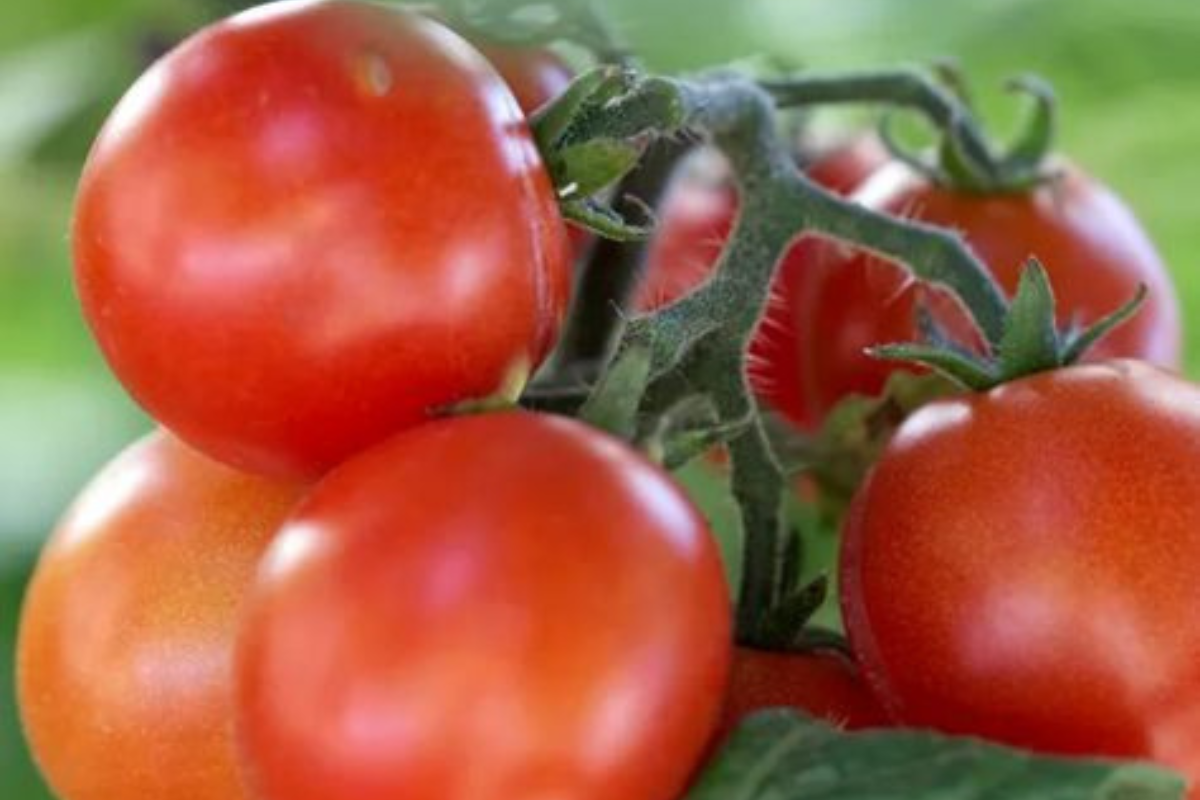Tomatoes are not only among the most popular plants for gardeners, but they are also one of the most rewarding to grow. However, a successful tomato harvest requires more than just planting and watering. Proper pruning is key to ensuring healthy plants, preventing diseases, and boosting your yield. This comprehensive guide will walk you through the essentials of tomato pruning, providing you with all the knowledge you need to cultivate a bountiful tomato garden.
Why Pruning is Essential for Tomatoes
Pruning is the practice of removing specific parts of the plant to encourage better growth. Here’s why it’s crucial for tomatoes:

- Improved Air Circulation: Pruning helps to open up the plant’s structure, allowing air to flow freely and reducing the risk of fungal diseases.
- Increased Sunlight Exposure: By trimming excess foliage, more sunlight can reach the fruit, promoting healthy growth and faster ripening.
- Optimized Energy Distribution: Removing unnecessary shoots and leaves directs the plant’s energy toward producing larger, more flavorful tomatoes.
Preparing for Pruning
Before you begin pruning, gather the right tools. Clean, sharp pruning shears or scissors are essential. Disinfecting your tools before and after use helps prevent the spread of diseases from one plant to another.
Step-by-Step Guide to Pruning Tomatoes
Step 1: Know Your Tomato Plant Type
- Determinate Tomatoes: These plants grow to a specific height, produce a large number of fruits all at once, and then stop growing. Pruning for determinate tomatoes is minimal, generally limited to removing suckers below the first flower cluster.
- Indeterminate Tomatoes: These plants grow and produce fruit throughout the entire growing season. Regular pruning is necessary to control their size and ensure they direct energy to producing fruit.
Step 2: Basic Pruning Techniques
- Remove Suckers: Suckers are the small shoots that appear in the angle between the stem and the leaves. For indeterminate tomatoes, remove suckers below the first fruit cluster to encourage strong fruiting branches. For determinate varieties, leave a few suckers to provide shade for the fruit.
- Prune Lower Leaves: Trim leaves that are close to the soil to prevent soil-borne diseases from splashing onto the plant during rain or watering.
- Thin Out Interior Leaves: Lightly thin the leaves in the middle of the plant to improve air circulation and allow more sunlight to reach the inner parts of the plant.
Step 3: Advanced Pruning Techniques
- Topping Off: About one month before the first expected frost, cut off the top growing point of indeterminate tomato plants. This will redirect the plant’s energy toward ripening existing fruit rather than producing new growth.
- Missouri Pruning: Instead of removing entire suckers, pinch off the tips, leaving a couple of leaves behind. This technique allows the plant to maintain some of its foliage without becoming overly bushy.
Step 4: Ongoing Maintenance
- Regular Monitoring: Make a habit of checking your tomato plants regularly and pruning as necessary. Early morning is the best time to prune when the plant is dry, reducing the risk of disease.
- Provide Support: Use stakes, cages, or trellises to keep your plants upright as they grow larger and start bearing fruit.
Step 5: Post-Pruning Care
- Watering: After pruning, make sure to water your tomatoes adequately. Water at the base of the plant to avoid wetting the leaves, which could lead to fungal issues.
- Fertilizing: After heavy pruning, feed your plants with a balanced fertilizer to promote strong regrowth and fruit production.
Conclusion
While pruning tomatoes may seem intricate at first, it quickly becomes an easy and rewarding task with practice. By following these simple steps and understanding the unique needs of your tomato plants, you’ll be able to enjoy a healthier garden and a more abundant harvest of delicious, sun-ripened tomatoes.
